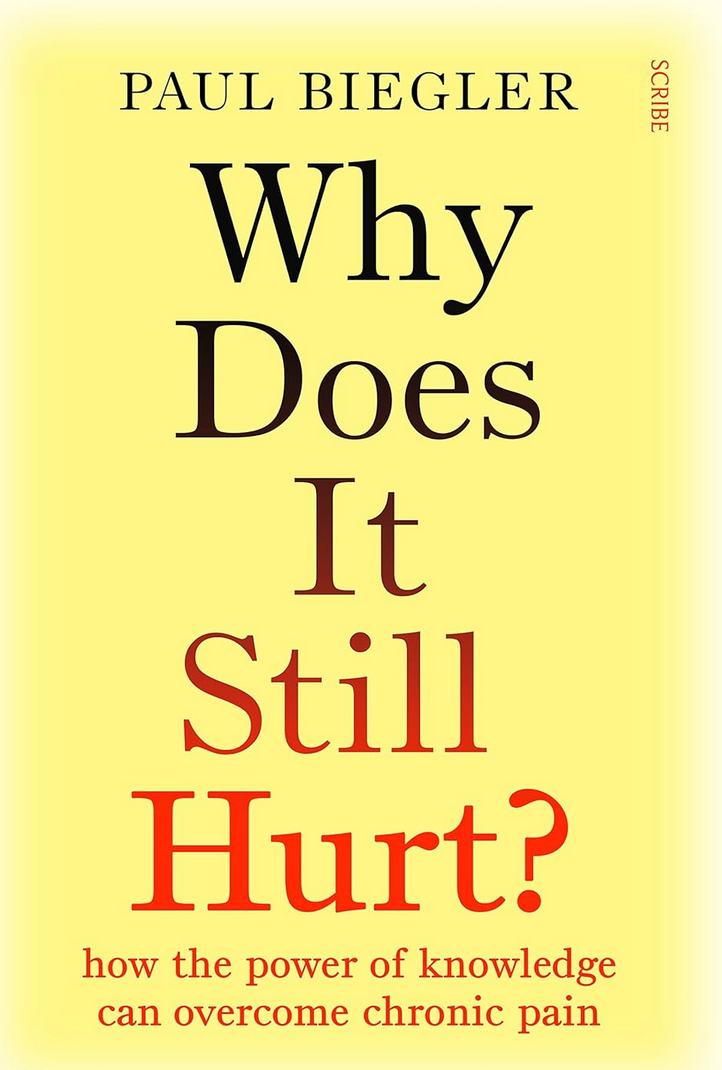As a physiotherapist, I'm always on the lookout for holistic approaches to complement traditional pain management techniques.
Qi Gong, an ancient Chinese practice that combines movement, breathing, and meditation, has shown remarkable benefits for individuals experiencing pain.
Here, I'll discuss three key benefits of Qi Gong that can be particularly helpful for those seeking relief from chronic pain conditions such as Fibromyalgia.
1. Enhanced Circulation: The Foundation of Healing
One of the primary principles of Qi Gong is the promotion of Qi, or life energy, throughout the body. This concept, while rooted in traditional Chinese medicine, parallels the Western understanding of the importance of circulation for health and healing.
The Qi Gong Approach to Circulation
Qi Gong exercises are designed to gently stimulate and encourage the flow of blood and lymphatic fluids. This is crucial because good circulation is essential for delivering nutrients to tissues and removing waste products that can contribute to pain and inflammation.
How It Helps with Pain
By enhancing circulation, Qi Gong can help reduce muscle stiffness and promote healing in injured tissues.
For individuals with conditions like arthritis or peripheral neuropathy, improved blood flow can lead to a reduction in pain and a greater range of motion.
2. Breathing: The Rhythm of Relief
Breathing is at the heart of Qi Gong practice.
The slow, deep, and intentional breaths characteristic of Qi Gong can have a profound impact on pain perception.
The Qi Gong Approach to Breathing
Qi Gong breathing techniques emphasize diaphragmatic breathing, which encourages full oxygen exchange and activates the parasympathetic nervous system, often referred to as the "rest and digest" system.
How It Helps with Pain
This type of breathing can help reduce the 'fight or flight' response, which is often heightened in people with chronic pain.
By promoting relaxation and reducing stress, Qi Gong breathing can help alleviate muscle tension and pain.
Additionally, the increased oxygenation of the blood can improve energy levels and facilitate the body's natural healing processes.
3. Regulating the Nervous System: The Path to Balance
Chronic pain is often associated with dys-regulation of the nervous system.
Qi Gong's meditative movements and focused breathing can help restore balance to the nervous system.
The Qi Gong Approach to Nervous System Regulation
Qi Gong practices encourage mindfulness and present-moment awareness, which can help shift the body away from the stress response and towards a state of equilibrium.
How It Helps with Pain
Regular Qi Gong practice can help downregulate the sympathetic nervous system (responsible for the 'fight or flight' response) and upregulate the parasympathetic nervous system, leading to a calming effect on the body.
This shift can be particularly beneficial for people with pain conditions, as it can reduce the sensation of pain, improve sleep quality, and enhance overall well-being.
The Intersection of Qi Gong and Fibromyalgia Management
Understanding Fibromyalgia and Autonomic Dysfunction
Fibromyalgia (FM) is a complex chronic condition characterized by widespread pain, fatigue, and a host of other symptoms that collectively degrade the quality of life.
Recognized in the early 1990s, FM is often seen alongside conditions like chronic fatigue syndrome (CFS) and irritable bowel syndrome (IBS), leading to the concept of central sensitivity syndromes (CSSs).
The underlying mechanisms of FM involve central pain pathway sensitization, stress response system dysregulation, genetic factors, and psychological influences.
The autonomic nervous system (ANS), which regulates vital functions like blood pressure and heart rate, has been implicated in FM due to its dysfunction.
Studies suggest a predominance of sympathetic nervous system (SNS) activity and a reduction in parasympathetic nervous system (PNS) activity in FM, which may contribute to the condition's symptomatology.
For individuals with FM, regular Qi Gong practice has shown consistent improvements in pain, sleep, and mental and physical function, with benefits persisting for months after the practice.
The Research on Qi Gong and FM
Research indicates that the benefits of Qi Gong are related to the amount of practice, with those adhering to a regular routine experiencing more significant improvements.
Systematic reviews and meta-analyses of Qi Gong for FM have been cautious but generally positive, although they often call for more stratification in trials based on the amount of practice.
Qi Gong's Mechanisms of Action
Contemporary theories suggest that Qi Gong may work through neurochemical, neuroendocrine, and neuroplastic changes, as well as through mind-body regulation within a biopsychosocial model.
Specifically, Qi Gong may regulate the ANS, enhancing PNS activity and sympatho-vagal balance.
Qi Gong and Vagal Nerve Activity
The vagus nerve, a crucial component of the PNS, plays a significant role in maintaining homeostasis and regulating pain and inflammation.
Qi Gong is thought to increase PNS activity and thus could potentially benefit the core symptoms of FM by interacting with the dysfunctional system.
Studies on vagal nerve stimulation (VNS) have shown promising results in FM, suggesting that Qi Gong's effects may be partly due to its influence on vagal activity.
Future Directions and Clinical Implications
The potential of Qi Gong to improve parasympathetic activity and autonomic function in FM is an exciting area for future research.
Studies should aim to assess the therapeutic regimens of Qi Gong on symptoms and autonomic parameters, exploring the durability of these effects and their clinical significance.
Conclusion
As a physiotherapist, I find Qi Gong to be a valuable addition to a pain management program.
Its focus on circulation, breathing, and nervous system regulation can provide a multi-faceted approach to pain relief.
For those living with pain, Qi Gong offers a gentle, yet powerful way to take control of their health and find relief.
It's a practice that not only eases the physical aspects of pain but also nourishes the mental and emotional sides, offering a comprehensive path to healing.
Want to try it for yourself?
One of my favourite online Qi Gong instructors is Jeff Chand. He has some simple youtube videos and he teaches in a very relatable and light hearted manner.
Check out the link below:














